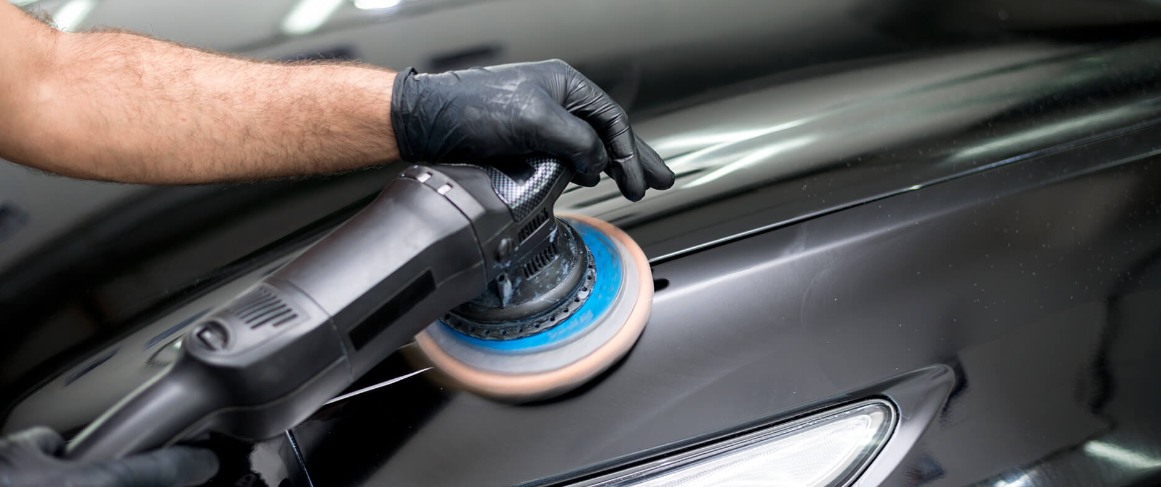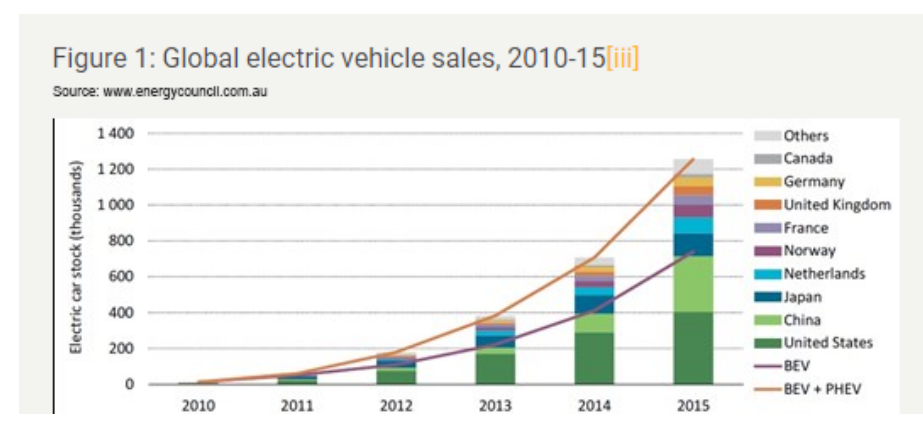Sensors, such as Infrared, Ultrasonic, LiDAR and Magnetic Resonance are often deployed for detecting the presence of vehicles in parking spaces and on the whole, they do that very well.
They provide accurate occupancy detection with low latency and processing overheads which is important for the provision of real-time wayfinding information to the carpark user. Whilst generally more accurate and lower cost to install and maintain, these four sensor types cannot provide additional visual information. That is the key advantage that comes with the use of camera sensors, though this advantage comes at a cost and the costs should be carefully weighed against the advantages.
Camera sensors offer the advantage of covering a wider area compared to individual bay sensors with a single camera sensor able to monitor four to six parking spaces indoors and as many as ten or more spaces in an outdoor environment, when mounted at height. However, the more spaces being monitored, the wider the lens angle on the camera and the higher the camera resolution that is also required. The higher the resolution, the higher the camera cost. Also the higher the resolution, the greater the network bandwidth to move the images and the higher the head end computing power required to process the images. It is a finite balance that takes ICT expertise and experience to manage well.
Costs and added complexity aside, by their very nature, cameras can provide detailed visual information and additional useful metadata when used in car parking management. Not only do they allow for recognition and analysis of parking space occupancy status, they can also enable vehicle tracking and identification using make, model and licence plate capture.
Whilst it can be advantageous to track and identify vehicles, such activity may face privacy concerns and potential liabilities. Asset owners considering the deployment of camera sensor solutions would be well advised to consider solutions offering the option of higher privacy compliance levels such as the European General Data Protection Regulation (GDPR) standards.
Additionally, the tendency to deploy one camera sensor per four to six bays in an indoor car parking facility can be a compromise to accuracy. One would need to compete against the individual bay sensors on price to be certain, but increasing the potential for inaccuracy, particularly in the event of environmental factors or component failure where bay occupation count can thus be out by four or six instead of one. At Park Agility, individual bay sensors will always be considered the superior solution for this reason.
The area where cameras deliver the best outcomes is when used in access control and when used in bay occupancy count for large outdoor car parking facilities, particularly where there may be minimal structure.
In practice, particularly for larger car parking facilities, a combination of camera sensors and other sensor technologies is a good idea to leverage the advantages of both technologies. At any rate, seldom is vehicle tracking and identification required in all areas of a car park. More likely it is a requirement at entries, exits and more popular areas only – or at least areas where abuse is known to occur. A hybrid multi sensor approach can deliver accuracy, coverage, and help optimise cost-benefit.
Talk to us today for trusted advice on the best parking guidance sensors and solutions for your parking asset.




